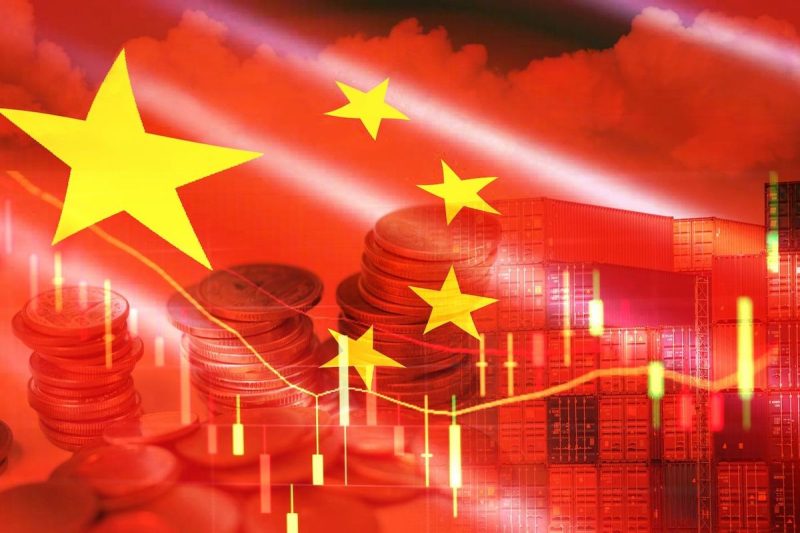In light of China’s recent announcement of a US$1.4 trillion debt relief package, the global copper market stands to see a significant uptick in demand. As the world’s largest consumer of copper, any substantial economic measures taken by China are closely monitored for their potential impacts on the metal’s market.
The surge in copper demand is expected to stem from China’s focus on infrastructure development and economic stimulus projects as part of the debt relief package. Copper is an essential component in the construction industry, used in wiring, plumbing, and other vital infrastructure applications. Therefore, any increase in infrastructure spending typically translates to a rise in copper consumption.
The demand for copper is also likely to be bolstered by the electric vehicle (EV) sector. With China being a key player in the global EV industry, the push towards electrification and sustainable energy solutions will drive the need for more copper components, such as wiring and battery technologies. As EV adoption continues to grow worldwide, the demand for copper is set to increase proportionally.
Furthermore, China’s commitment to green energy initiatives will drive additional demand for copper in the renewable energy sector. Copper is a crucial material in solar panels, wind turbines, and other green technologies due to its excellent conductivity and durability. As China ramps up its investment in renewable energy projects, the demand for copper in these sectors is expected to rise significantly.
In response to the anticipated surge in copper demand, mining companies are likely to ramp up production to meet the needs of the market. This could lead to increased investment in copper mining projects and exploration activities to ensure an adequate and sustainable supply of the metal.
However, it is essential to consider the potential challenges and risks associated with the increased demand for copper. Supply chain disruptions, geopolitical tensions, and regulatory changes could impact global copper markets and prices. Additionally, environmental concerns surrounding copper mining practices may come under scrutiny as production levels increase.
In conclusion, China’s US$1.4 trillion debt relief package is poised to be a significant driver of copper demand in the coming years. The infrastructure development, EV expansion, and renewable energy projects supported by this economic stimulus will fuel the need for copper across various sectors. While this presents promising opportunities for the copper market, stakeholders must also address potential challenges to ensure the sustainable and responsible growth of the industry.
